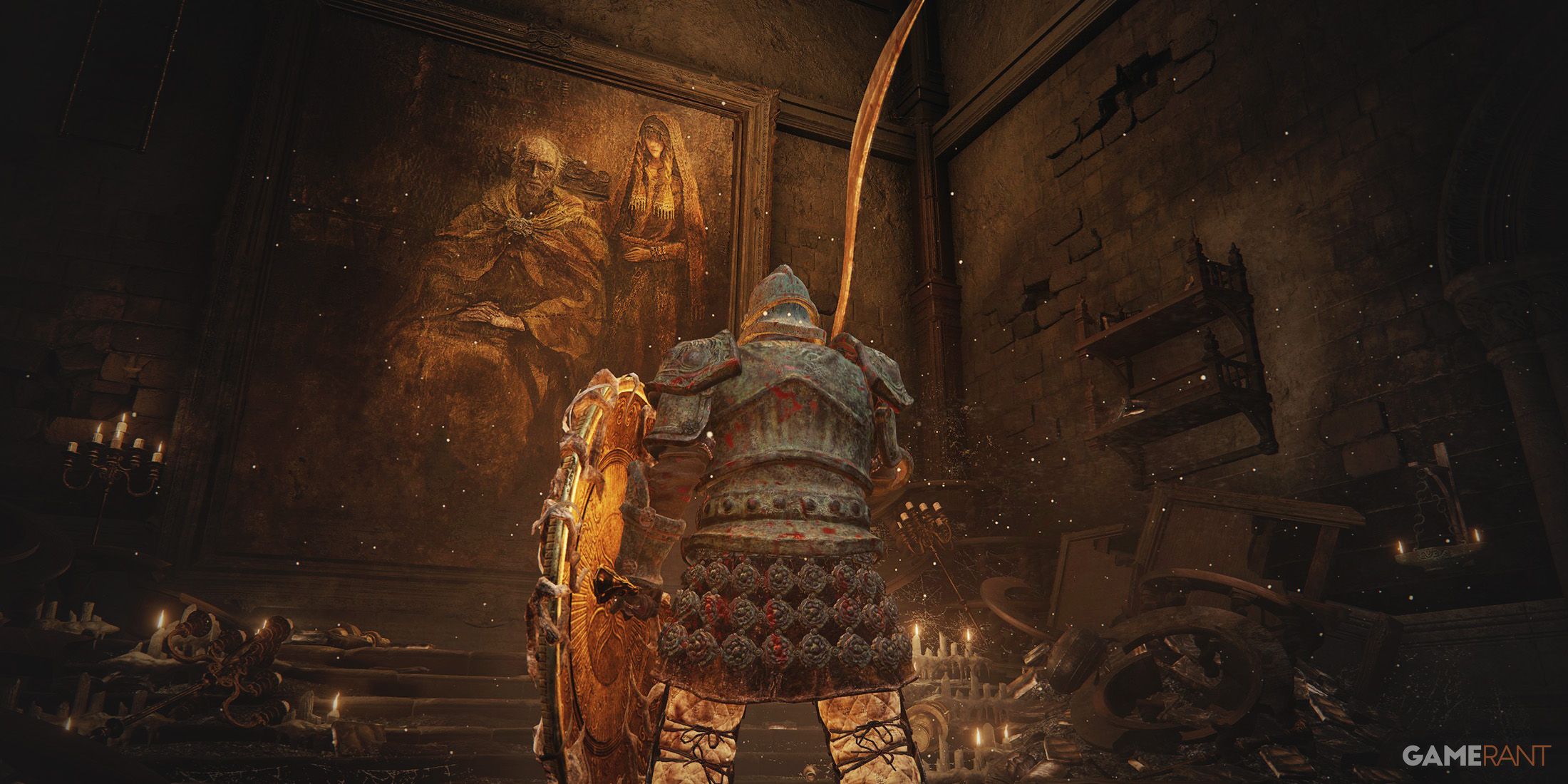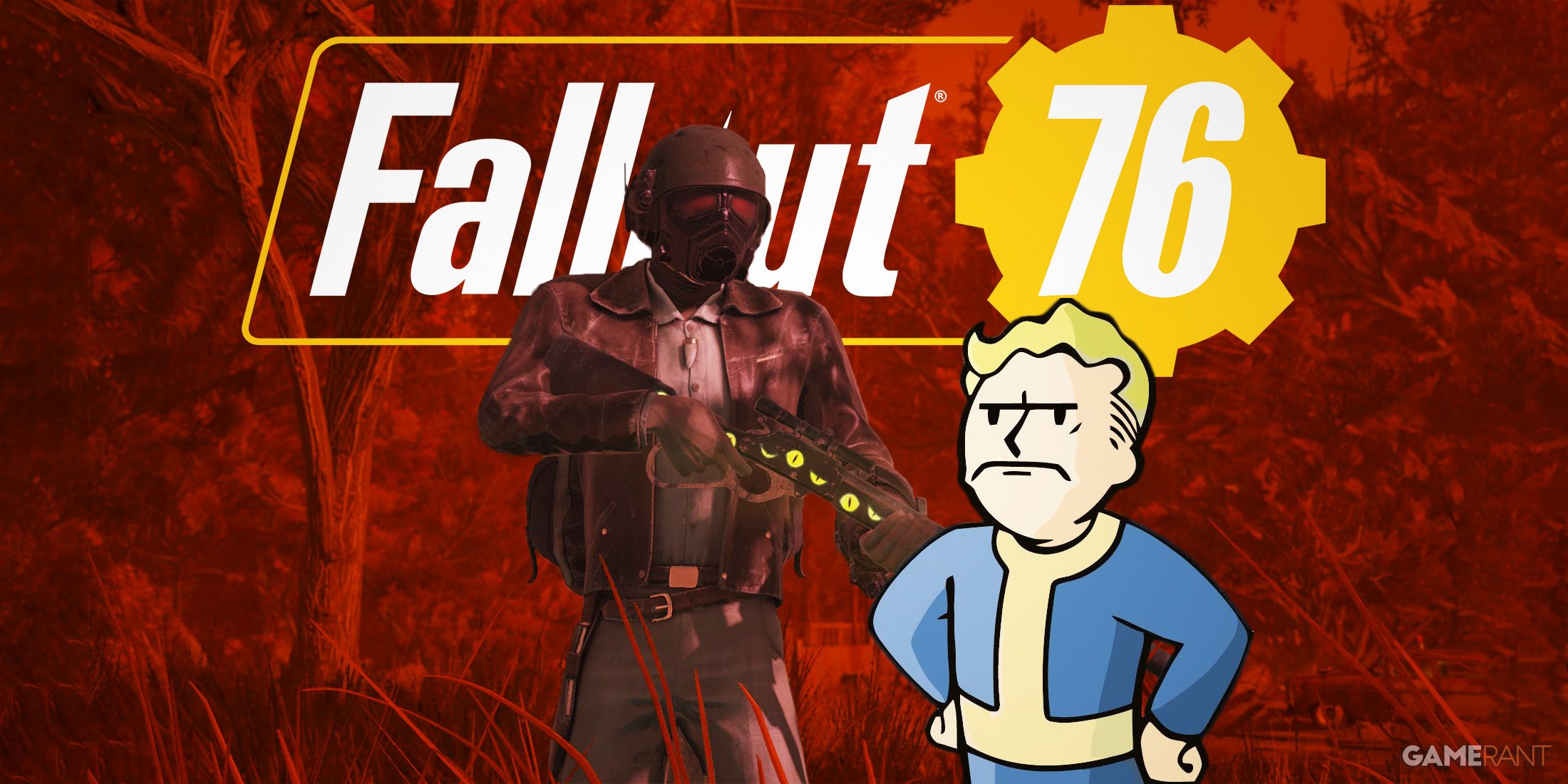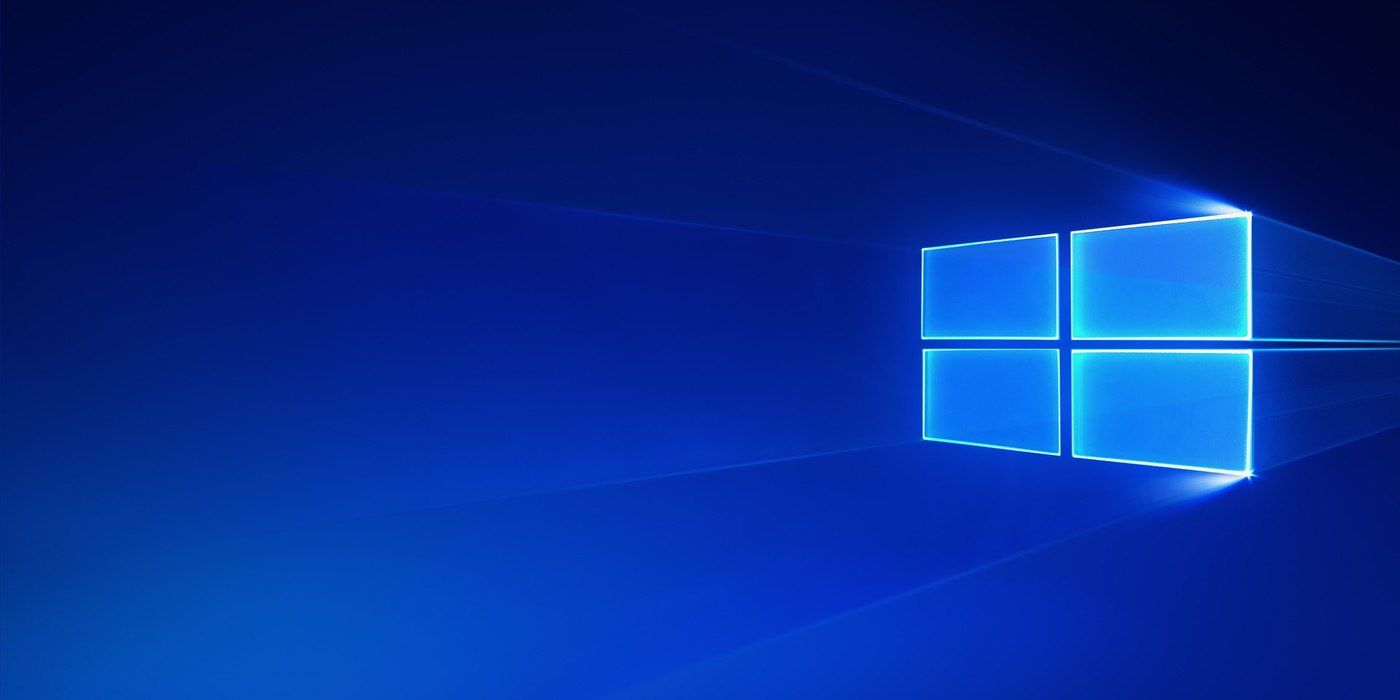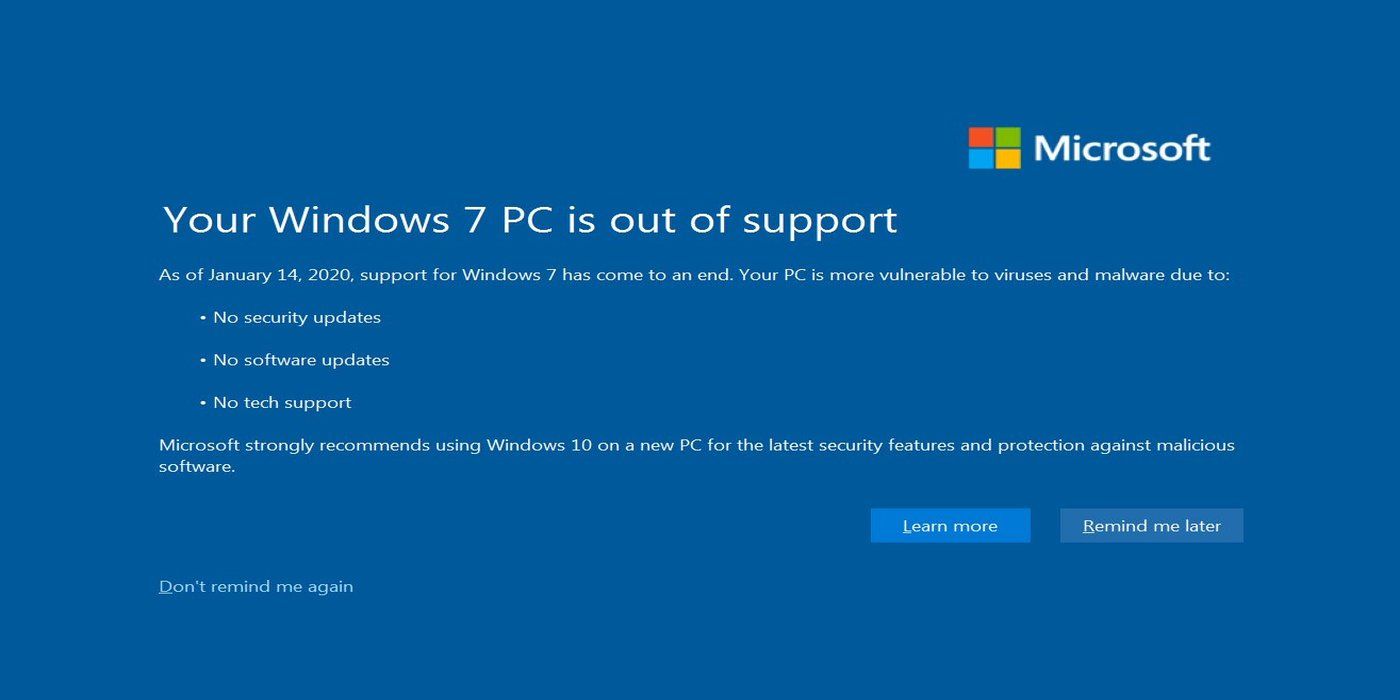For a long while now, the most stubborn Windows users have been clinging onto Windows 7 for dear life. Sadly, however, all good things must come to an end, and the same must be said for Windows 7. As of January 14, 2020, the seemingly timeless operating system is finally reaching the end of its lifespan, where it will finally make its way into the graveyard of obsolescence. For those who have accepted this bitter truth, there is at least some respite.
For those who are ready to embrace the future, there's a free way for them to upgrade to Windows 10. Avid users of the Windows 7 operating system needn't shell out another $139 to Microsoft, and can instead get a free copy of Windows 10 thanks to Microsoft's Get Windows 10 initiative, which supposedly ended back on July 30th, 2016. Nonetheless, the service still lingers on, and users can still make the upgrade.
Step-By-Step
This isn't the first time Microsoft has stopped support for an older operating system. For those looking to finally leave behind Windows 7 in favor of the newer Windows 10, the below instructions should be enough to get them on track.
- Visit this Windows 10 webpage.
- Click the Download Tool Now button.
- Run the Media Creation Tool
- Once the initial menu appears, users should select the Upgrade this PC now option.
- Users will then be asked if they would like to keep their personal files or start fresh, and should make their choice accordingly.
- Upon completion of the installation, users should receive a digital license for Windows 10. This can be found under Settings > Update & Security > Activation.
- Users can also enter their genuine Windows 7 or 8/8.1 product key, assuming they haven't previously activated that version of Windows.
The process of installation takes roughly an hour on average, and luckily has worked for the majority of users. There are some precautions that users should take to ensure the success of the upgrade.
Noteworthy Precautions
For users to ensure the upgrade to Windows 10 is a successful one, they should first ensure they've updated their driver updates and BIOS updates. Users should also scan their PC before attempting to upgrade for any third-party security software, which has been shown to hinder the success chance of the upgrade. Users should also disconnect any external storage devices.
Its also worth noting that the free Windows 10 upgrade will only work for users who have the retail versions of Windows 7 installed on their devices. These include Home, Pro, and Ultimate. Sadly for Enterprise users, there's no free upgrade in store for them. Users should also ensure that the PC in question meets the minimum requirements for Windows 10.
Most importantly, the upgrade from Windows 7 to Windows 10 is capable of wiping all settings and apps. When upgrading users should be sure to check the option to keep all files and personal data. Unfortunately, however, this won't always be possible, as many of the apps that work on Windows 7 will not be supported by Windows 10. Either way, users should take note of which apps they use most regularly. This way they can ideally obtain them again once the upgrade has finished.
Windows 10, the Future
For most users, Windows 10 has already become an everyday part of their lives. For the users of Windows 7 who've fought tooth and nail to avoid the upgrade, the fight put forward has been an admirable one. Regardless, its strongly advised that users take this chance at a free upgrade, lest they still have to make the change in the future, only at a much higher rate instead.
For many users, however, there has been an adamant refusal to upgrade from Windows 7 to Windows 10, and many have done it largely for gaming reasons. Long has it been since Microsoft began attempting to bridge the gap between their Xbox user base and Windows 10 users. Yet even still, some users are refusing to go quietly into this good night.
For those who are adamant, die-hard Windows 7 users, just know that the risks involved with not upgrading include leaving their computer vulnerable to viruses and malware, as the OS will not receive any security updates, fixes, or technical support. Not to mention the slew of titles that are available only to Windows 10 that they would be missing.
For users who've avoided the upgrade for gaming reasons, the time is better than ever to change.
Moving Forward
With this new installation of Windows 10, users will now have their respective Windows 10 license tied to their hardware. What this means is that should users need to format or restore their computer for any reason, then Windows 10 will reactivate automatically. If for whatever reason users change some of the components of their hardware, Windows 10 could mistakenly think they've bought a new PC, and thus refuse to register the license automatically.
Luckily, there's a process to avoid this pitfall here, on this Microsoft site. For those nervous about this eventuality, they should favorite this link and save it for future use.





